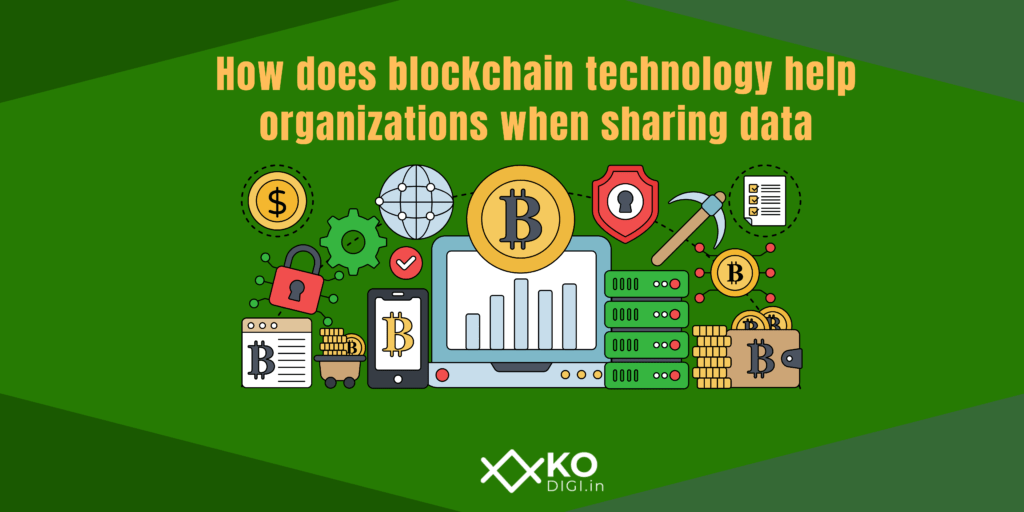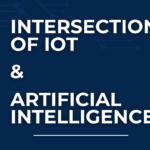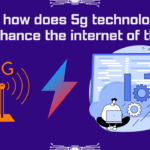Organizations need secure and efficient ways to share data with partners, customers, and other stakeholders in today’s data-driven world. However, data sharing can often pose challenges in terms of security, privacy, and efficiency. Blockchain technology has emerged as a potential solution to these challenges, offering a secure, tamper-proof, and efficient way to share data.
What is Blockchain Technology
Blockchain technology uses a decentralized digital ledger to securely and openly record transactions and store data. A piece of information that is stored on the blockchain cannot be changed without the network’s consensus. Because it is essentially a database that is distributed across a network of computers.
Each block in the chain includes a timestamp, transaction information, and a cryptographic hash of the one before it. The integrity of the data is ensured by the hash function, and any effort to change a block’s contents will cause a change in the block’s hash value, indicating that tampering has taken place.
As every member of the network has access to the same data, transparency is one of the main advantages of blockchain technology. This indicates that the system is decentralized and that the network itself verifies all transactions.
From cryptocurrency transactions to supply chain management, voting systems, and even digital identity verification, blockchain technology has a wide range of uses. Its transparency and decentralized structure make it a safe and reliable method for information exchange and archiving.
How does blockchain technology help organizations when sharing data?
Improved Security and Data Traceability
The increased security blockchain technology provides for data sharing is one of its main advantages. Due to its decentralized structure, it is inherently difficult for hackers to exploit. Blockchain data is kept over a dispersed network of nodes, making it considerably more difficult for hackers to tamper with the data than data stored on a central server that may be hacked.
Data traceability is another feature of blockchain technology that enables businesses to follow the path of data from its origin to its final destination. This increases accountability and openness in data exchange, making it simpler to spot any unlawful data modifications.
Increased Efficiency and Transparency
Data sharing is now more effective because of blockchain technology. Organizations can share data with partners directly through a peer-to-peer network without the use of middlemen like banks or payment processors. By doing away with middlemen, data exchange becomes more effective and saves time and money.
Furthermore, the sharing of data is more transparent because of blockchain technology. Every data transaction is documented on a distributed ledger, making the data available to everyone for viewing. This makes it simple for businesses to manage data and guarantee legal compliance.
Tamper-Proof Data and Smart Contracts
The tamper-proof feature of blockchain technology is another advantage for data exchange. Data that has been recorded on the blockchain cannot be altered or removed, making it extremely safe and impregnable. This is crucial in delicate fields like healthcare, banking, and supply chain management where tampering with data might have negative effects.
In addition, smart contracts, which are self-executing contracts with the terms of the agreement between the buyer and seller explicitly put into lines of code, are a feature of blockchain technologies. This can facilitate the automation of some steps in the data exchange process and guarantee that all legal requirements are met.
Some Examples of Blockchain Technology
- Cryptocurrencies: The most well-known cryptocurrency that makes use of blockchain technology is Bitcoin. A network of nodes records and verifies transactions on the Bitcoin blockchain, making it a decentralized and secure method of wealth transmission.
- Supply chain management: Blockchain technology can be used in supply chain management to track products as they move through the chain, allowing for transparency and traceability. For instance, Walmart tracks the place of origin of food products to guarantee their safety and quality.
- Digital identity: Blockchain technology can be used to build a decentralized and secure system for verifying digital identities. Platforms for self-sovereign identities, such as Sovrin and uPort, enable users to manage their own digital identities and safely exchange them with others.
- Voting systems: Transparent and impenetrable voting systems can be made using blockchain technology. For the 2018 midterm elections, West Virginia, for instance, employed a voting system built on the blockchain.
- Smart contracts: Smart contracts are self-executing contracts with the contents of the agreement between buyer and seller being directly encoded into lines of code. Without the involvement of middlemen, blockchain technology enables the creation and enforcement of smart contracts in a decentralized and secure manner.
some actionable tips for organizations when sharing data using blockchain technology
- Establish the goal and boundaries of data sharing: Before distributing data on a blockchain network, it’s critical to establish the goals and boundaries of data sharing. This entails specifying the data types to be shared, the persons involved, and the purposes for which the shared data will be used.
- Select the right blockchain platform: There are many different blockchain platforms available, each with its own strengths and disadvantages. It’s critical to pick a platform that can accommodate both your organization’s unique needs and the data you are sharing.
- Ensure data privacy and security: Although blockchain technology is inherently secure, precautions should still be taken to ensure the privacy and security of the data being transmitted. This involves employing access controls to restrict who can access the data and using secure authentication techniques, as well as applying encryption to safeguard sensitive data.
- Use best practices for data management: While adopting blockchain technology, it’s crucial to use best practices for data management, just like you would with any other sort of data sharing. This entails keeping thorough and accurate records, abiding by applicable laws and guidelines, and making sure the data is of high quality.
- Monitor and analyze blockchain data: Monitoring and analyzing blockchain data can reveal important information about how data is utilized and shared. Organizations may spot patterns and trends, possible dangers and opportunities, and gradually improve their data-sharing procedures by tracking and analyzing blockchain data.
Blockchain Technology and Website Functionality
Decentralized web hosting: The content of websites is served and stored by centralized servers in traditional web hosting. By distributing website content over a network of nodes, blockchain technology makes it feasible to build a decentralized web hosting infrastructure that is immune to outages and cyberattacks.
Distributed content delivery: A distributed content delivery network (CDN) that offers quicker and more dependable access to website content can be built using blockchain technology. A blockchain-based CDN can lower latency and boost website speed by storing copies of website material on nodes all around the world.
Cryptocurrency payments: Websites that accept cryptocurrency payments can leverage blockchain technology to let users pay for goods and services with Bitcoin, Ethereum, or other virtual currencies.
Digital identity verification: With blockchain technology, a safe and decentralized solution for this function may be developed. It can then be incorporated into the login or registration procedures for websites.
Decentralized social media: Social media platforms that are not controlled by a single entity, such as Facebook or Google, but rather by a dispersed network of nodes, are known as decentralized social media platforms. While lowering the possibility of censorship and data breaches, these platforms can give consumers more privacy and control.
Conclusion
In conclusion, blockchain technology is a powerful tool for organizations looking to share data securely, efficiently, and transparently. With its tamper-proof nature, data traceability, and smart contract capabilities, blockchain technology can help organizations manage data and ensure compliance with regulations. Furthermore, its decentralized and peer-to-peer network offers increased security and efficiency in data sharing, making it an attractive option for organizations across industries.




